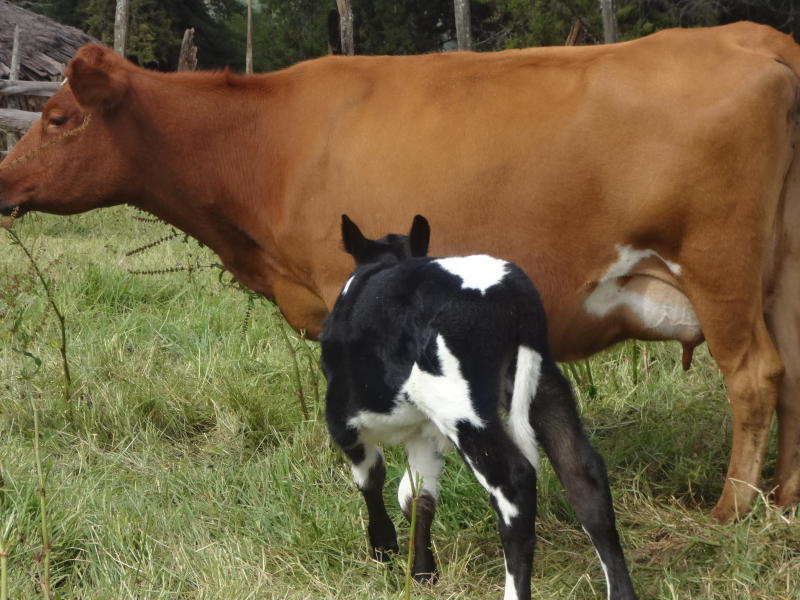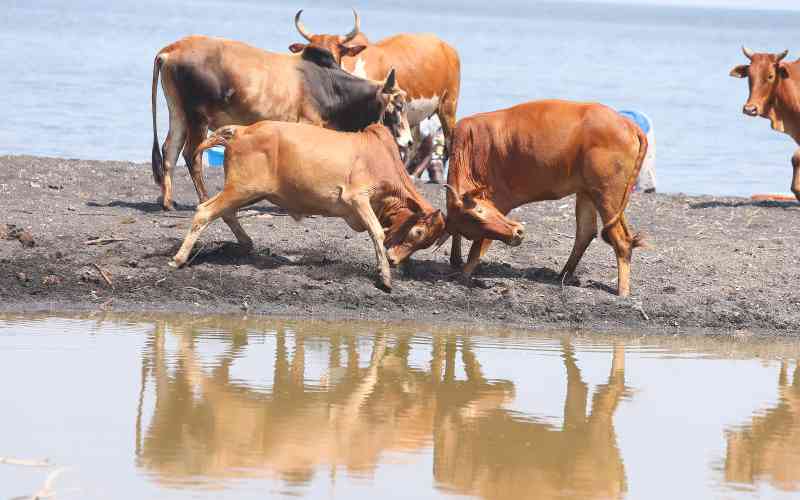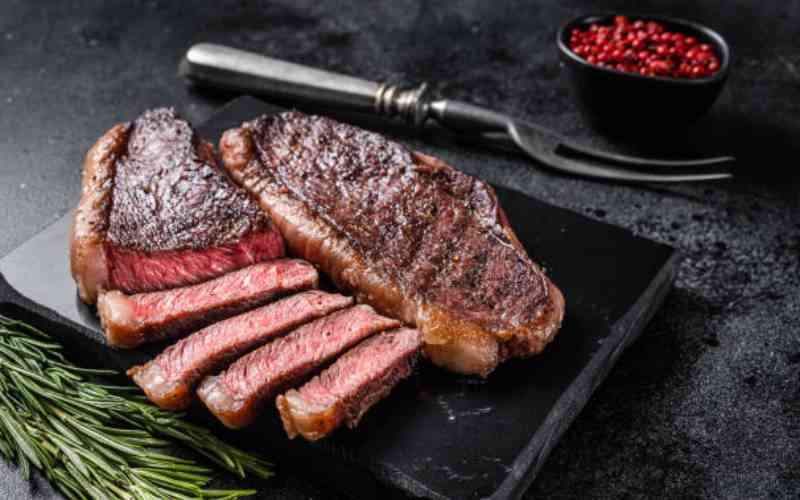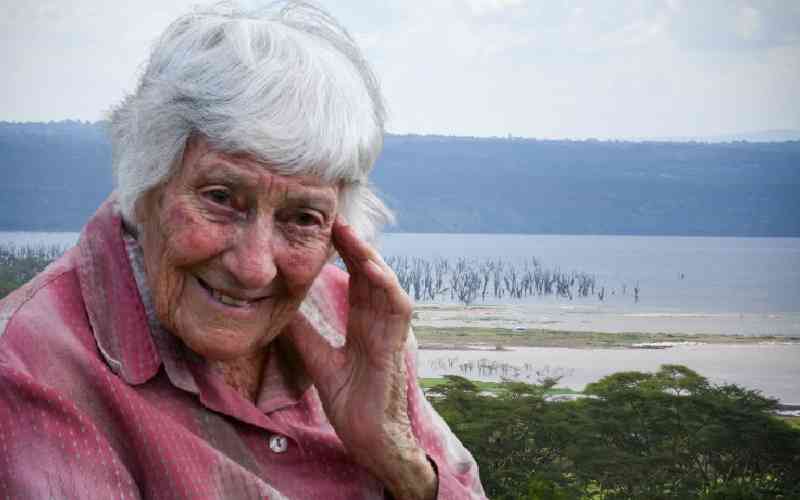
Dear doctor, thanks for the informative articles in Smart Harvest. I started dairy farming four years ago but on a wrong footing when my two in-calf delivered two days apart and I lost the two calves to diarrhoea. I never knew diarrhoea is that fatal in calves. I called in a vet who did post-mortem and later told me my calves had all succumbed to E.Coli diarrhoea. Please educate me on diarrhoea in calves. John Cheruiyot, Marigat
Thank you Mr Cheruiyot for reaching out to us and being an ardent reader. Neonatal diarrhoea or calf scours is a common cause of death in the first month of a calf’s life; sadly most farmers are oblivious of this disease or tend to call in a vet when the disease has advanced. As if that is not enough; even if they recover, the experience reduces their productivity in future. The good side, however, is that the disease is 100 per cent preventable.
Calf scours is caused by bacteria (E.Coli, Clostridium species), virus (Rota virus) or parasites (Coccidia) or a combination. These micro-organisms though always found in the gut will become active when the calf is feed on inadequate or poor quality colostrums or is fed irregularly resulting in over consumption of milk. First-calf heifers often produce lower quality and lower quantity colostrum and thus their calves may be more likely to scour. This interferes with the normal gut environment resulting in an increase in micro-organisms which produce toxins that destroy the gut lining and cause diarrhoea. Difficult calving, poor hygiene in and around the calf pen, cold weather and overcrowding of calves will also result in neonatal scours. In most cases of diarrhoea, the calfdies of dehydration and loss of electrolytes, not from the infectious agents that triggered the diarrhoea.
Depending on the cause, calf scours can occur anytime from the first few hours after birth up through the first month to six weeks of life. Clinical signs of scours include, diarrhoea, sometimes containing blood or mucus, loss of body fluids (dehydration) weight loss, weakness, poor growth, sunken eyes and rough hair coat. Death can happen within 12-48 hours after the onset of the diarrhoea. The feaces are watery brown, yellowish or light green and may contain blood and mucus.
Treatment and Prevention
Timely rehydration of scouring calf to replace lost body fluids and electrolytes should be done immediately. Oral and intravenous fluids should be given to sick calves. Oral administration is most appropriate for scouring calves that are still able to stand and who are alert enough to follow their dams and move away when approached. Intravenous administration of fluid is for those calves that are too weak to stand or too lethargic to follow the dam. Keep the calf warm by providing deep bedding, shelter from wind, rain, and snow, and even blankets so that it does not experience excessive cold stress on top of its existing disease.
The farmer should always reduce exposure of susceptible calves to the disease causing micro-organisms by quarantine of sick calves from healthy ones. If bucket feeding; ensure the equipment are thoroughly cleaned and dried, put calves by their ages and maintain high hygiene levels in pens. Good nutrition of the mother during pregnancy will reduce instances of difficult birth (dystocia) which predisposes the newborns to scours. Difficult birth may weaken the calf denying it the urge to suckle enough colostrum. Immediately the calf is born ensure it gets enough colostrum to boost its immunity. To keep disease at bay, do not calve on pastures where cows have been kept in large numbers for long as they are contaminated.
Wear protective gear
Design calf pens to avoid wind draughts that predispose to pneumonia which further lowers the immunity of calves. Cold, wet, windy weather will cause calves and cows to congregate together in wind breaks and other sheltered areas. As the amount of feacal contamination increases so will the amount of scours agents. Wet conditions favour survival of these agents in the environment. When the cows lay down, whatever is on the ground is going to contact their udder – and therefore taken in by the calf during suckling. Calves also like nibbling pasture from the environment and so when it is contaminated they will ingest the micro-organisms.
Most of the infectious agents that make calves ill can also make people sick. People working with scouring calves should wash their hands before and after handling calves, their feed, or their bedding and always wear protective clothing. People with immune system disorders, pregnant women, the aged and children should not come into contact with scouring calves, bedding or feeding utensils.
[The writer was the Vet of the Year 2016 winner and works with the Kenya Tsetse and Trypanosomiasis Eradication Council – [email protected]]
 The Standard Group Plc is a
multi-media organization with investments in media platforms spanning newspaper
print operations, television, radio broadcasting, digital and online services. The
Standard Group is recognized as a leading multi-media house in Kenya with a key
influence in matters of national and international interest.
The Standard Group Plc is a
multi-media organization with investments in media platforms spanning newspaper
print operations, television, radio broadcasting, digital and online services. The
Standard Group is recognized as a leading multi-media house in Kenya with a key
influence in matters of national and international interest.
 The Standard Group Plc is a
multi-media organization with investments in media platforms spanning newspaper
print operations, television, radio broadcasting, digital and online services. The
Standard Group is recognized as a leading multi-media house in Kenya with a key
influence in matters of national and international interest.
The Standard Group Plc is a
multi-media organization with investments in media platforms spanning newspaper
print operations, television, radio broadcasting, digital and online services. The
Standard Group is recognized as a leading multi-media house in Kenya with a key
influence in matters of national and international interest.










